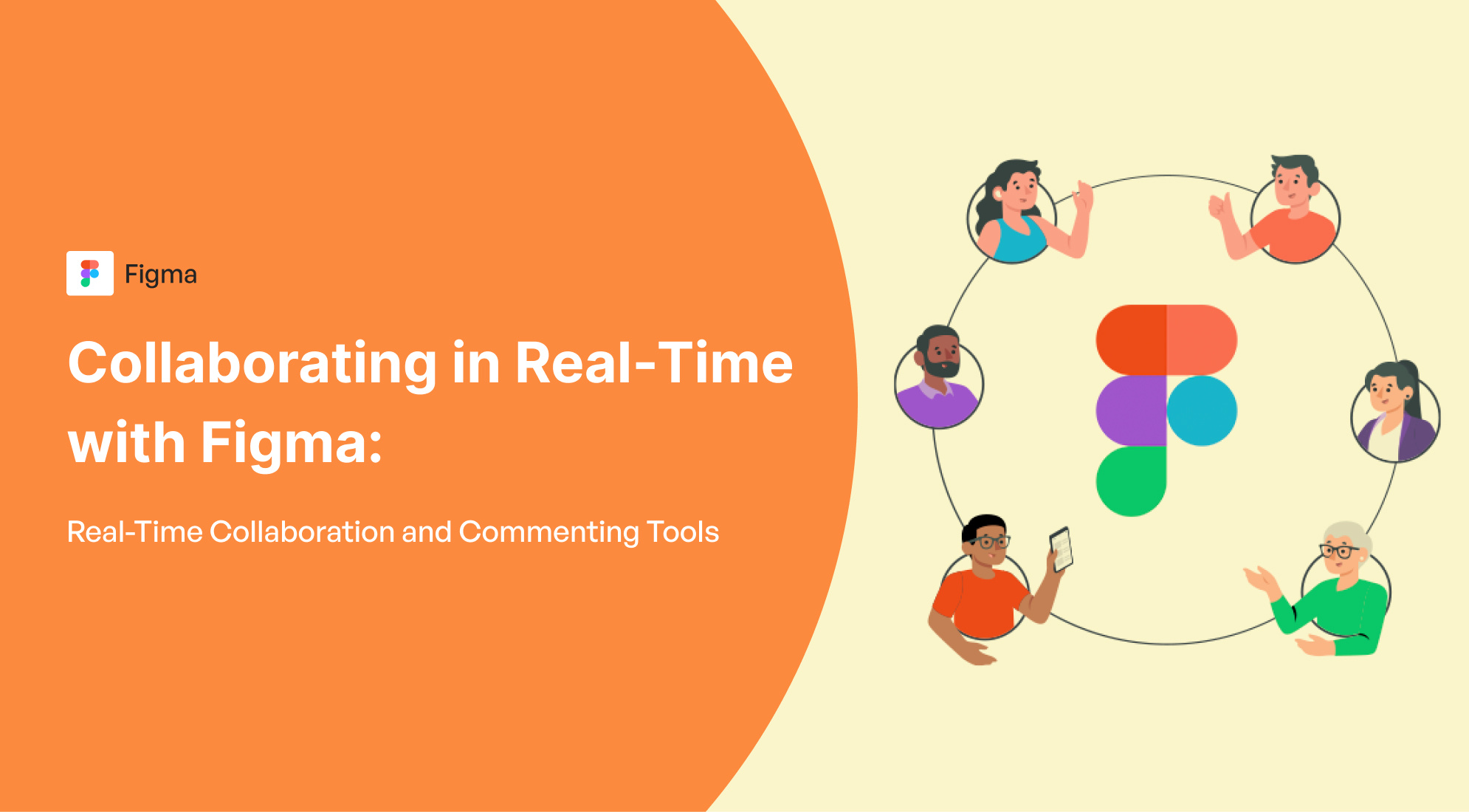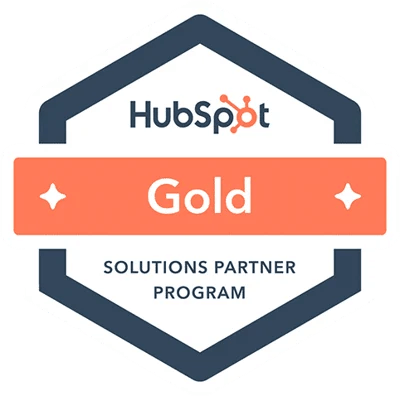Listen to the Blog
Happy customers stay. Unheard customers leave.
Net Promoter Score (NPS) is one of the simplest yet most powerful ways to understand customer sentiment.
But most companies stop at just collecting the score.
If you’re using HubSpot, you can take it a step further by connecting NPS feedback directly to your CRM and building workflows that reduce churn before it occurs.
Here’s how to turn NPS from a metric into a growth tool.
Step 1: Integrate Your NPS Tool with HubSpot
Use tools like:
- Survicate
- AskNicely
- Delighted
- InMoment
To collect NPS and push the score + comments into HubSpot via custom properties or integration.
Each contact should have:
- NPS Score (0–10)
- Last NPS date
- Comment/Feedback
This provides real-time sentiment visibility within the contact record.
Step 2: Segment Users by NPS Score
Use smart lists in HubSpot to segment:
- Promoters (9–10) → Happy customers
- Passives (7–8) → At risk of churn or switching
- Detractors (0–6) → Unhappy and high risk
Why this matters:
You can tailor campaigns and actions for each group, rather than sending the same message to everyone.
Step 3: Trigger Follow-Up Workflows Based on Score
Here’s how different segments can trigger different actions:
For Promoters (9–10):
- Send a thank-you email
- Ask for reviews/testimonials
- Invitation to referral or affiliate programs
For Passives (7–8):
- Assign to the customer success rep
- Send a check-in email
- Ask how their experience can improve
For Detractors (0–6):
- Trigger an internal alert for your CS team
- Schedule a follow-up call
- Enrol in a feedback recovery sequence
Bonus: You can also log tasks and notify sales if the contact is a key decision-maker or an expansion opportunity.
Step 4: Monitor Trends and Churn Risk
Use custom reports in HubSpot to track:
- Average NPS over time
- NPS by customer lifecycle stage
- NPS by account owner or product tier
- Churn rate by NPS segment
This helps identify where problems start—and how fast you’re fixing them.
Step 5: Close the Feedback Loop
Always follow up on feedback, especially with Detractors and Passives. Use a task or pipeline to track:
- Who followed up
- What was offered
- Whether it improved the relationship
Why it matters:
Customers who feel heard are far more likely to stay, even if they had a bad experience.
Final Thought
Collecting NPS is step one. Acting on it is where the real retention magic happens.
With the proper setup, HubSpot becomes your early-warning system for churn—and your engine for turning happy users into advocates.







%201.png?width=1016&height=912&name=image%20(54)%201.png)